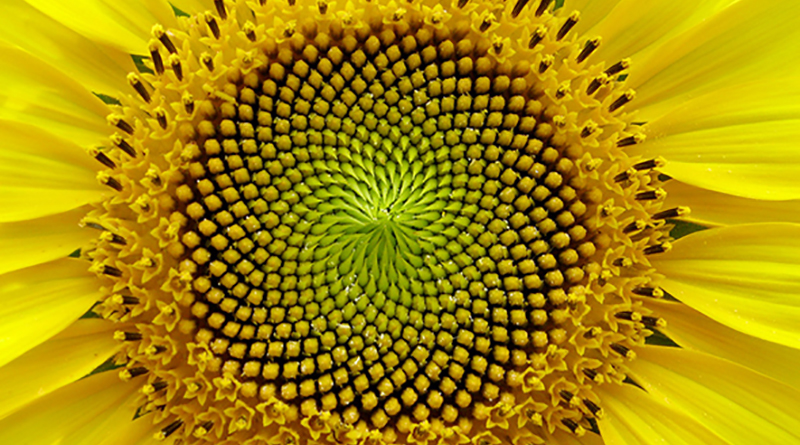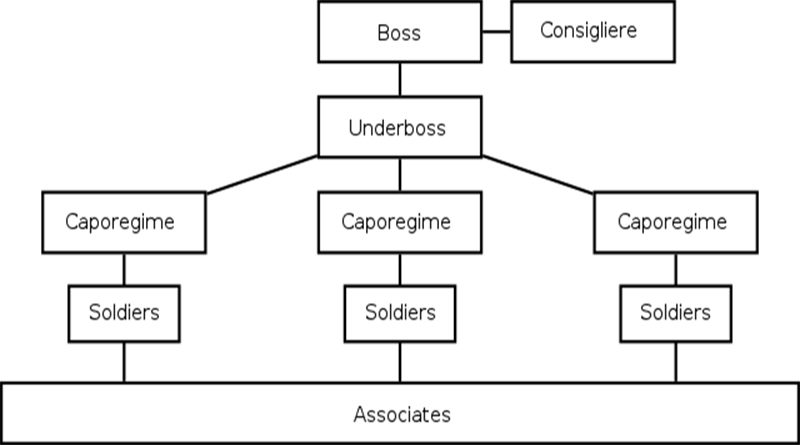An interesting example of a mathematical pattern found in the real world is the arrangement of petals and florets (the small rudimentary flowers that are found, easily visible, in the center of some flowers such as sunflowers). In some species these florets are distributed in groups of spirals that curl in different directions and intercept each other. Often the number of elements that curl in one direction is 34, while the number of elements curling in the opposite direction is 55. Other cases involve pairs of spirals consisting of 55 and 89, or even 89 and 144 elements.
This may seem to be just another curious fact, but mathematicians look at these numbers and recognize that they are consecutive terms in the sequence 1, 1, 2, 3, 5, …, 34, 55, 89, 144, 233, … As we have seen before, this is a numerical sequence constructed in 1202 by Leonardo of Pisa (1170-1250), also known as Fibonacci, in a discussion of a problem involving the population growth of rabbits. In this sequence all the terms after the first one are obtained by adding together the two previous terms (2 = 1 + 1, 3 = 1 +2, 5 = 3 + 2, etc.).
Why do these numbers, created in response to such a different problem, recur in the elements of flowers? Biologists may be tempted to say that they are numbers that are found in the genes of the plants, but mathematicians search for other reasons. The genes determine how a being develops, but it develops in the context of a physical and geometrical world where restrictions also exist. Mathematicians have succeeded in demonstrating that elements that develop around a central point in such a way that they occupy the surface area in the most compact manner possible achieve this by means of a precise angle of divergence, the “golden angle” (approx. 137.5°). Well, circular elements that develop in such a way that they are always separated by this angle tend to form spirals in which the Fibonacci numbers occur. So it is not surprising that this angle and these numbers are found with great regularity in flowers, both in their petals and their florets.
Mathematics succeeds in explaining the geometrical and numerical regularity on the basis of very simple principles of growth that may be determined by the genes. But the living world does not need to have all the rules of mathematics inscribed in a DNA code. Such rules occur naturally, based on even simpler rules of growth. After all, these mathematical patterns are patterns that are necessary in nature. Could this explain why mathematics is “so admirably appropriate to the objects of reality”? — Nuno Crato, from his book Figuring It Out: Entertaining Encounters with Everyday Math (read for free)






